Tamron has been in the lens-making business for decades and was initially known for making affordable optics if not always professional-grade optics. Many enthusiasts flocked to Tamron super-zooms for the inherent convenience and low cost that they represented. However, there is a focal length that gained legendary status amongst amateurs and professionals alike and the Tamron 90mm f/2.8 Macro found its way into even the most discerning camera bags.

Now the legend continues with the latest iteration of the series, the 90mm f/2.8 Di III Macro VXD Review. Available for both Nikon Z-mount and Sony E-mount, the 90mm brings Tamron macro to the mirrorless market, and for the lower price of $699. I have always loved the 90mm not only for its excellent close-up abilities but also as a portrait lens, too. I was very eager to test it out and see if the legend continues.
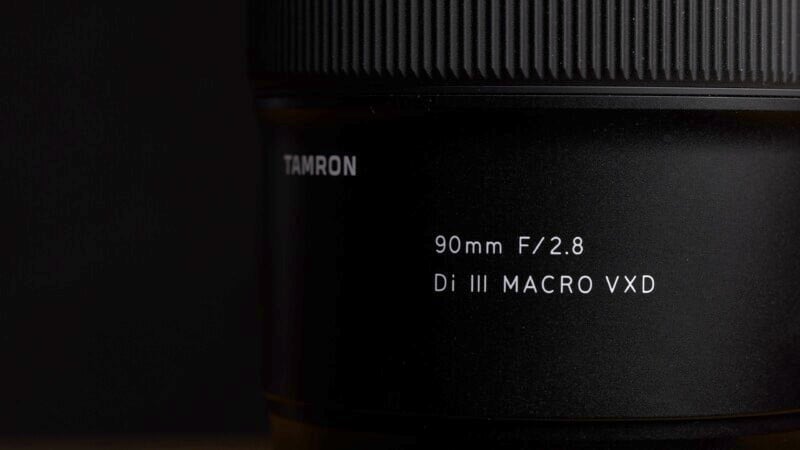
Tamron 90mm f/2.8 Macro Di III VXD Review: How It Handles
The Tamron 90mm f/2.8 is built to the same excellent standard as its other mirrorless lenses. Although they have plastic housings, the lenses always feel solid and well-built. Tamron loves sticking to a 67mm filter diameter for almost all its lenses and the 90mm is no exception. It also has a new hood design with a cutout to manipulate filters or even manual focus the lens when the hood is reversed.
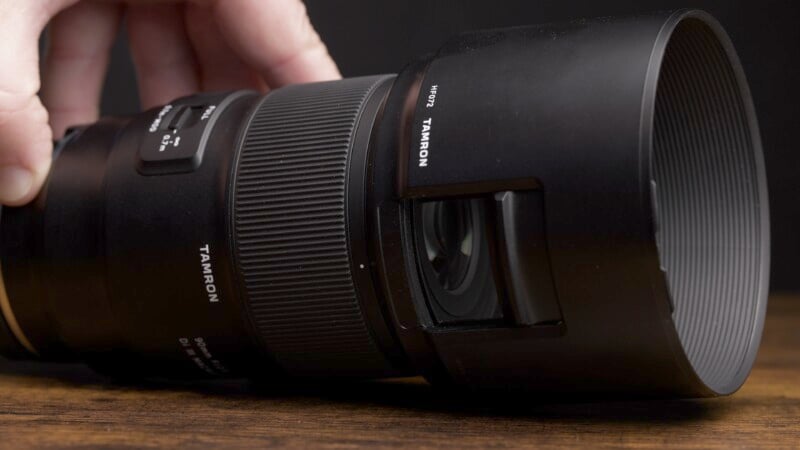

A macro lens has to manually focus well and the focus ring on the 90mm is a looser-feeling turn than I would like but it does focus smoothly. I found the focus-by-wire to be precise enough to facilitate focusing up close without too much second-guessing. There is a focus limiter switch that allows for the whole focusing range, moderate range to infinity, or strictly macro focusing ranges. I used this control a lot because it not only speeds the focusing up at distance but greatly assists the focusing at minimum ranges.
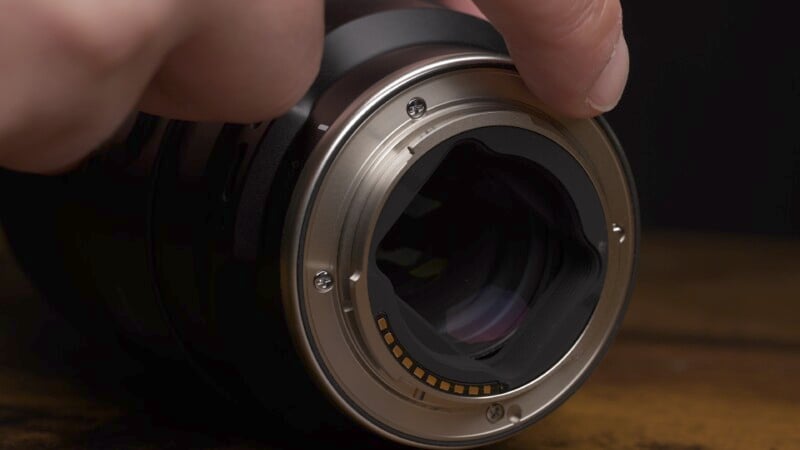
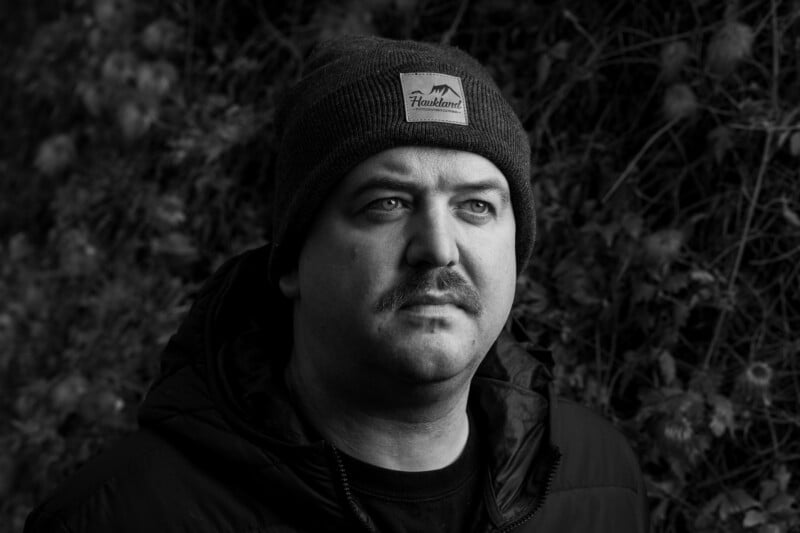
There is a single customizable button as well and the 90mm macro also has the usual USB-C port to connect to the excellent Tamron lens app. You can customize the focusing experience and the function button here to dial the lens in. The Sony version of the lens (it is available for both Sony and Nikon) weighs a sprightly 22.2 ounces (630 grams) and is weather-sealed enough for most conditions.
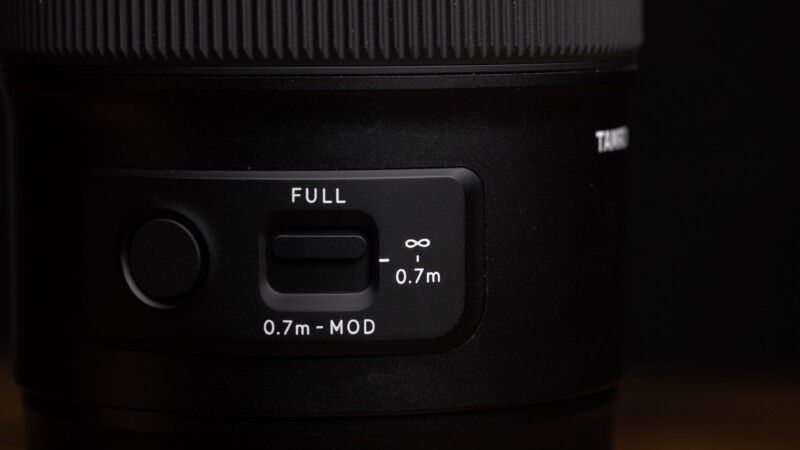
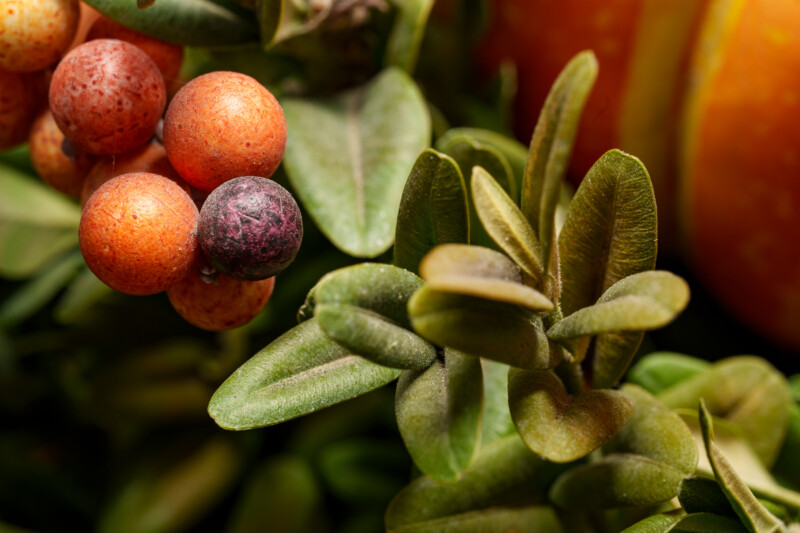
Tamron 90mm f/2.8 Macro Di III VXD Review: How It Shoots
One of the main reasons why the legacy Tamron macros did so well was their reputation for sharpness. The new 90mm f/2.8 Macro Di III VXD is incredibly sharp in the center of the image at f/2.8 and I saw no real improvement when stopping the lens down further. Contrast was excellent all the way through and the corners also sharpened up well. The lens has very flat focus too, which means the corners are sharply in focus when focused on the center of the frame. I foresee no issues using this lens on higher megapixel sensors: it’s very sharp.
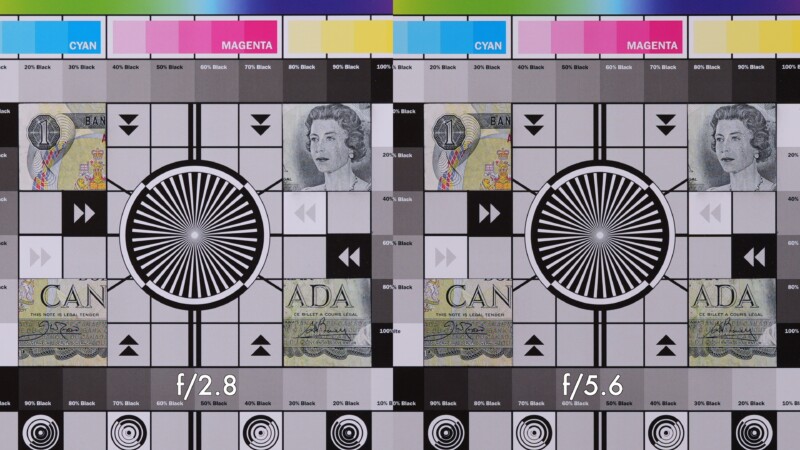
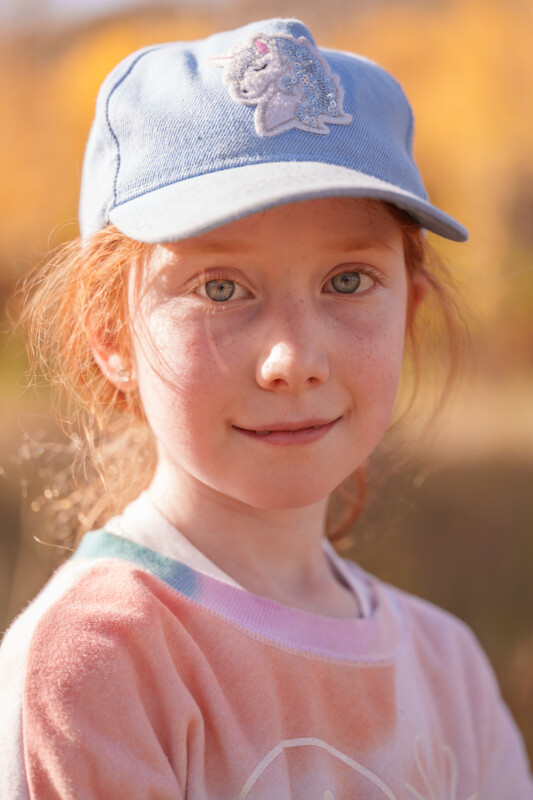
As I mentioned earlier, I love the versatility of an f/2.8 macro telephoto lens for portraits as well. The 90mm range is ideal for photos of faces and very shallow depth-of-field is possible. However, Tamron has a mixed history when it comes to nice-looking bokeh and I found that to remain the case here.

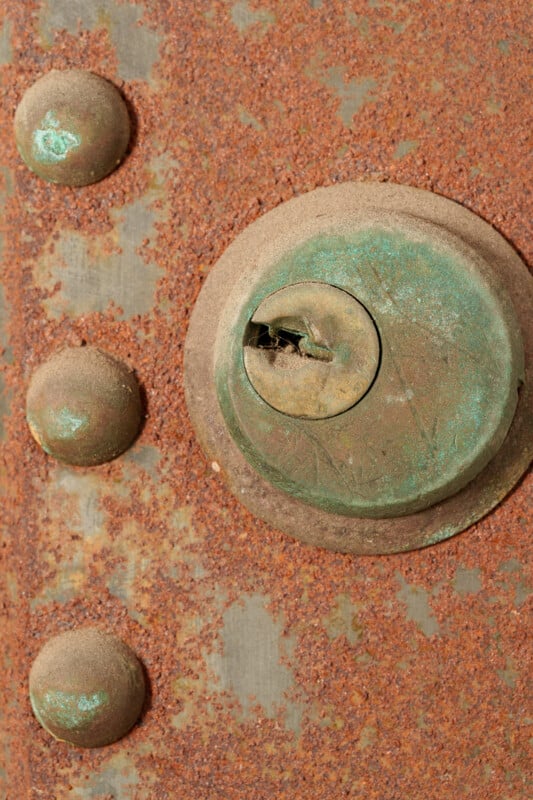
The specular highlights are very clean with no onion rings at all and I like the pleasing cat’s eye effect at f/2.8. However, the highlights also have a very strong soap bubble effect which often creates a harsh-looking transition throughout the focus range. Any busy backdrops tend to look quite harsh and distracting. If I was using this lens in the studio or with a background that’s right behind my subject I’d be okay, but a larger environmental portrait isn’t always this lens’s forte.

Like all pro macro lenses, the 90mm gives 1:1 life-size reproduction with a working distance of about four inches. Autofocus is usable when the limiter is set properly and manual focus also works well. The results are very sharp up close and I really liked the photos I got from it. I also shot some printed text to see if there were any longitudinal chromatic aberrations and saw essentially none.

The only other downside that I can point out is the lack of any image stabilizer built into the lens. Many advanced photographers will be using this lens either on a body with IBIS or using a tripod with focus stacking, so this isn’t a big issue but it is worth pointing out. A flash will also ensure that images come out sharply. However, I often like to walk around and get macro shots on the go and the lack of image stabilization is unfortunate in this regard. It keeps the cost down but it also represents a disadvantage compared to the high-end Sony and Nikon macro lenses.
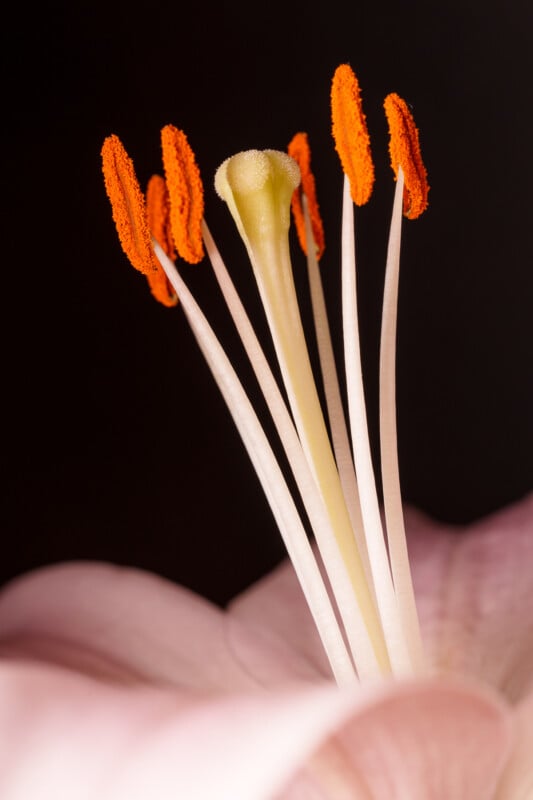
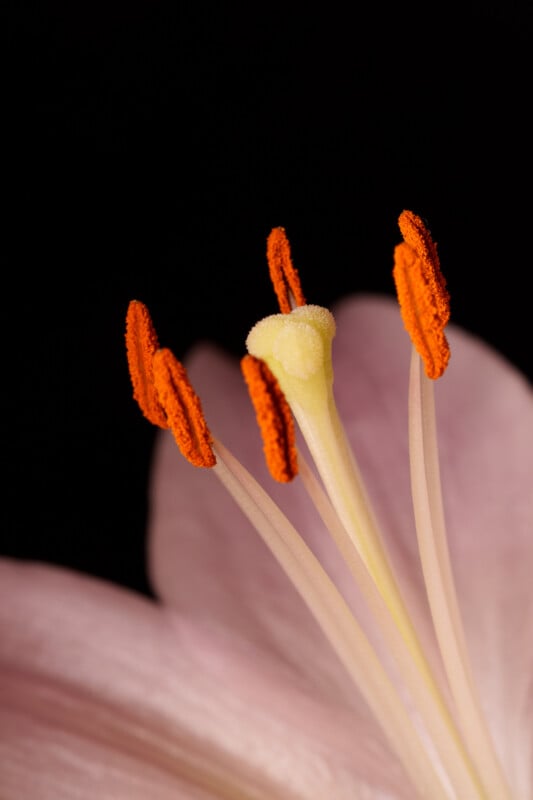
Tamron 90mm f/2.8 Macro Di III VXD: Affordable Quality
The new Tamron certainly continues the legendary tradition of providing a high-quality macro at a low price. Optically speaking, the 90mm is as professional as it gets with the sub-par bokeh being the only issue. That is more of a problem for portraits than it is for macro work, though. You’ll save roughly $200 or so compared to the Sony and Nikon offerings, too. If you can get around the lack of image stabilization, the Tamron will take very good care of you.
Alternatives?
For Z-mount, the Nikkor Z 105mm f/2.8 VR S Macro is optically fantastic with image stabilization to boot and the discounted price of $850 isn’t too bad to manage either. The Sony 90mm f/2.8 Macro G OSS is similarly excellent but comes with the higher price of $998. Check out the Sigma 105mm f/2.8 DG DN Macro Art as well, although at $799 the price is pretty close to first-party glass.
Should You Buy It?
Yes. As the lowest cost alternative from the major brands, the Tamron 90mm f/2.8 Macro Di III VXD is sharp and capable for the value-minded photographer.
